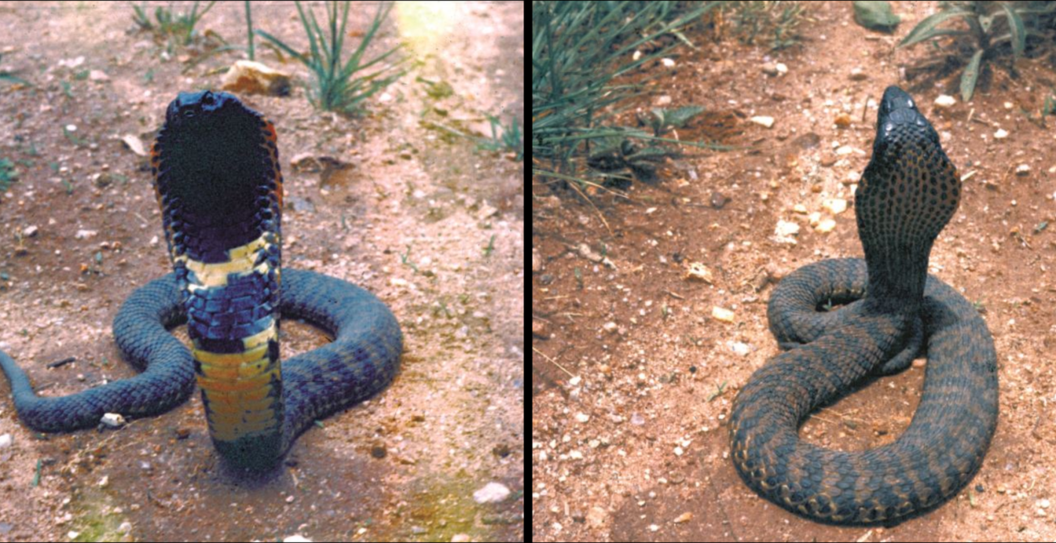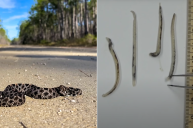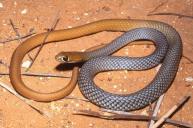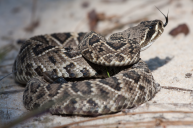Just what you wanted: Another species of venomous snake has been discovered. The newest slithery species is cobra-like in both appearance and behavior: It adopts the same hooded defensive stance that we associate with cobras and has an interesting color pattern, with red skin between its black scales. When its hood is extended it has the appearance of black dots on a red background.
If that sounds incredibly unsettling, you can take solace in one small detail: This snake hasn't been seen in the wild since 1988, so it's highly unlikely you'll ever interact with it unless a previously-unknown population of them makes an appearance. Even then, the snake is (was?) native to the Eastern Highlands of Zimbabwe, so chances are slim you need to fear it on your wildest of adventures.
However, it is unsettling part that this snake hasn't been seen in quite some time, leading to the belief that it may already be extinct.
How Do We Know It's a Different Species?
The newly-discovered snake was preserved in a museum after being run over in 1982. While museums have excellent collections of specimens to study, this was previously difficult as formalin, which is a chemical used in preserving specimens, damages DNA. There have been recent advances in DNA extraction techniques, which is now allowing scientists to better study more of these preserved animals.
Utilizing this new technology, the preserved specimen was determined to be distinctly different from a similar species-the rinkhals-found over 400 miles away in South Africa, Eswatini, and Lesotho. The findings were published in PLOS One. With the genetic evidence as well as scale counts-which are a way that snake species can be identified-leading to the conclusion that the Zimbabwe rinkhals are their own species, they've now been granted the classification Hemachatus nyangensis. They are named for Nyanga, the area in Zimbabwe where these snakes were originally noticed.
So What's the Big Deal About an Extinct Snake?
The Nyanga rinkhals boasts fangs modified to spit venom, though there are no known accounts of this occurring. While this behavior hasn't been recorded, the fact that these snakes have fangs that do this behavior is interesting to those studying evolution.
This venom spitting behavior has independently evolved in snakes three times, and scientists believe it may be linked in response to hominins (ancestors of modern humans) walking upright. Upright-walking creatures would have posed a larger threat, so the ability to spit venom would serve as more protection for snakes.
With this species potentially being extinct, we lose the ability to compare fresh DNA samples, which would tell us more about the evolution of this species and how it potentially relates to human evolution as well.
While this serves as a humble reminder that our own evolution is closely linked to that of other animals, as well as offering the sad recognition of yet another species of animal that has likely grown extinct in recent history, we can rest easy knowing that we're not so likely to encounter this venom-spitting creature even if we do visit its homeland.
READ MORE: 5 Quick Ways to Tell if a Snake is Harmless or Venomous




